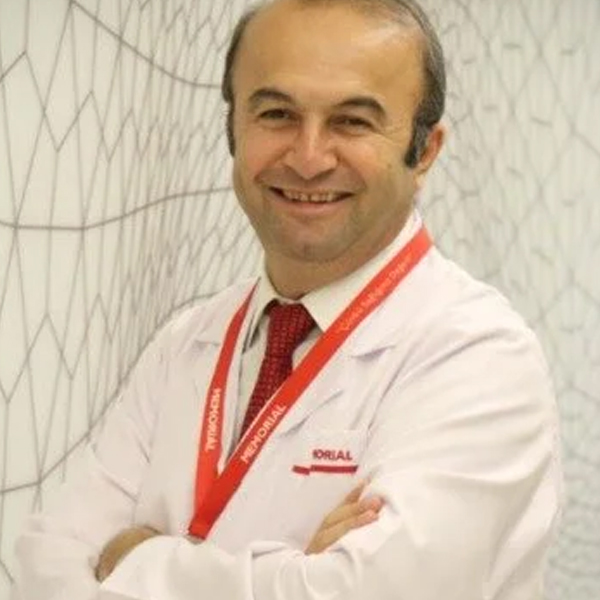Vitrectomy, also known as Pars Plana Vitrectomy (PPV), is a sophisticated surgical procedure designed to address various retinal and vitreous conditions. The retina, a delicate layer of tissue at the back of the eye, plays a crucial role in capturing light and sending visual signals to the brain. Any damage to the retina can lead to severe vision impairment or even blindness. Vitrectomy involves removing the vitreous humor, the clear gel that fills the eye, to gain access to the retina and repair any abnormalities. This article delves into the details of vitrectomy, including its purpose, the conditions it treats, and what patients can expect during and after the procedure.
Understanding Vitrectomy and Its Importance
Vitrectomy is a vital intervention for various eye conditions, particularly those affecting the retina and vitreous humor. The procedure is commonly used to treat:
- Retinal Detachment: A condition where the retina peels away from its underlying support tissue, causing vision loss if not promptly treated.
- Macular Hole: A small break in the macula, the part of the retina responsible for sharp central vision, leading to blurred or distorted vision.
- Diabetic Retinopathy: A complication of diabetes that affects the blood vessels in the retina, potentially causing swelling, bleeding, or scar tissue formation.
- Vitreous Hemorrhage: Bleeding into the vitreous humor, often resulting from diabetic retinopathy or trauma.
- Epiretinal Membrane: A thin layer of scar tissue that forms on the retina's surface, causing visual distortion.
- Intraocular Infections and Inflammation: Conditions like endophthalmitis or uveitis can necessitate a vitrectomy to remove infected or inflamed tissues.
The Vitrectomy Procedure
Vitrectomy is performed under local or general anesthesia, depending on the patient's condition and the complexity of the surgery. The surgeon makes small incisions in the sclera (the white part of the eye) to insert tiny instruments, including a light source, a cutter, and an infusion line. The vitreous humor is carefully removed to provide a clear view of the retina. The surgeon can then address the specific issue, such as repairing a retinal tear, removing scar tissue, or treating bleeding.
In some cases, the removed vitreous humor is replaced with a gas bubble, silicone oil, or saline solution to help maintain the eye's shape and hold the retina in place during healing. The type of material used depends on the nature of the problem and the surgeon's preference.
Recovery and Post-Operative Care
Recovery from vitrectomy varies depending on the individual's condition and the extent of the surgery. Patients may experience blurred vision, discomfort, and sensitivity to light in the days following the procedure. It's crucial to follow the surgeon's post-operative instructions, which may include:
- Eye Drops: Medications to reduce inflammation, prevent infection, and manage eye pressure.
- Positioning: In cases where a gas bubble is used, patients may need to maintain a specific head position to ensure proper healing.
- Activity Restrictions: Avoiding strenuous activities and heavy lifting to prevent complications.
- Follow-Up Visits: Regular check-ups to monitor healing and address any concerns.
Most patients experience significant improvement in their vision within a few weeks to months, although full recovery can take longer. It's essential to attend all follow-up appointments and report any unusual symptoms to the healthcare provider promptly.
Choosing the Right Surgeon for Vitrectomy
Selecting a skilled and experienced surgeon is crucial for the success of vitrectomy. The best doctors in the world for vitrectomy possess specialized training in retinal surgery and have extensive experience handling complex cases. They are well-versed in the latest techniques and technologies, ensuring optimal outcomes for their patients.
When searching for a top surgeon, consider the following factors:
- Experience and Expertise: Look for a surgeon with a proven track record of successful vitrectomy procedures and expertise in treating the specific condition.
- Certifications and Training: Board certification and specialized training in ophthalmology and retinal surgery are essential.
- Advanced Technology: The use of state-of-the-art equipment and techniques can significantly enhance the accuracy and safety of the procedure.
- Patient Reviews and Testimonials: Positive feedback from previous patients can provide valuable insights into the surgeon's skills and patient care.
- Consultation and Communication: A thorough consultation allows patients to discuss their concerns, understand the procedure, and build trust with the surgeon.
Top Doctors in the World for Vitrectomy - PPV are:
.png)

In conclusion, Vitrectomy is a highly specialized surgical procedure that plays a critical role in treating various retinal and vitreous disorders. Understanding the procedure, its benefits, and the importance of selecting a qualified surgeon can help patients make informed decisions and achieve the best possible outcomes. As advancements in technology and techniques continue to evolve, the future of vitrectomy looks promising, offering hope and improved vision to countless individuals worldwide.
If you're interested in getting a free quote, submit a request via this link. Take the first step towards a healthier future today!






.png)

